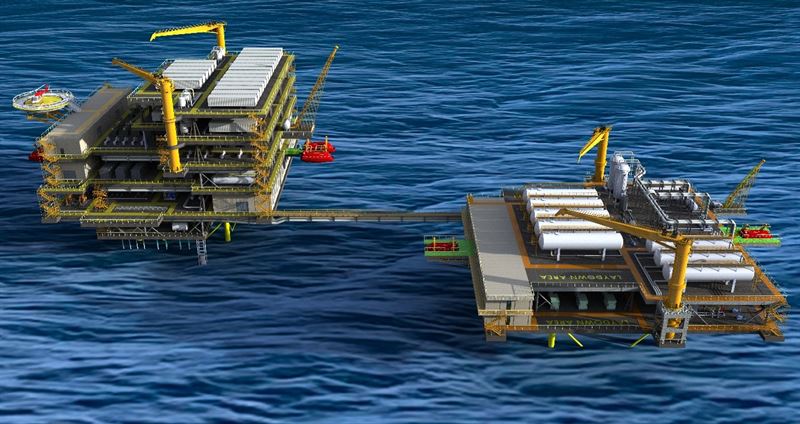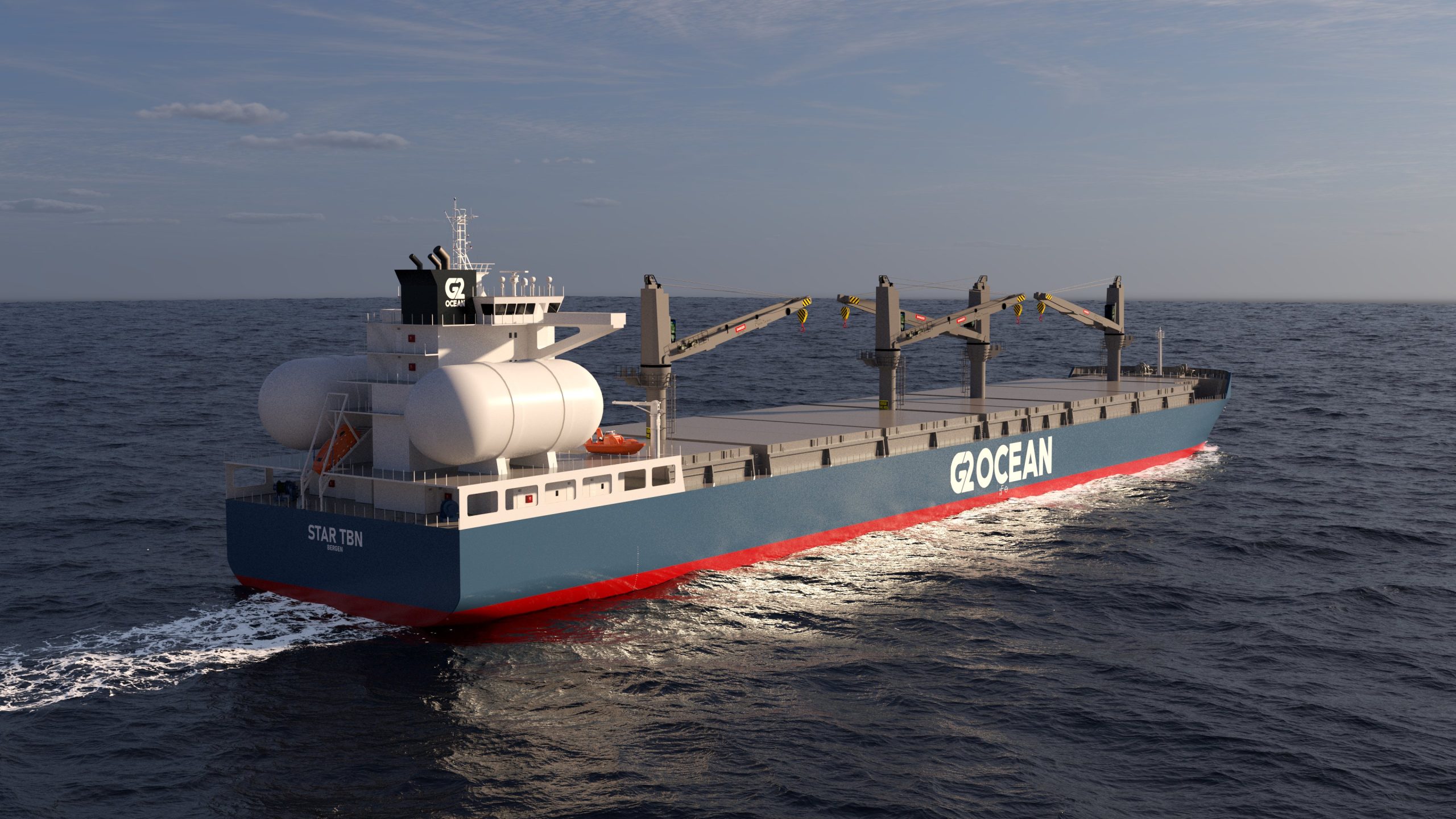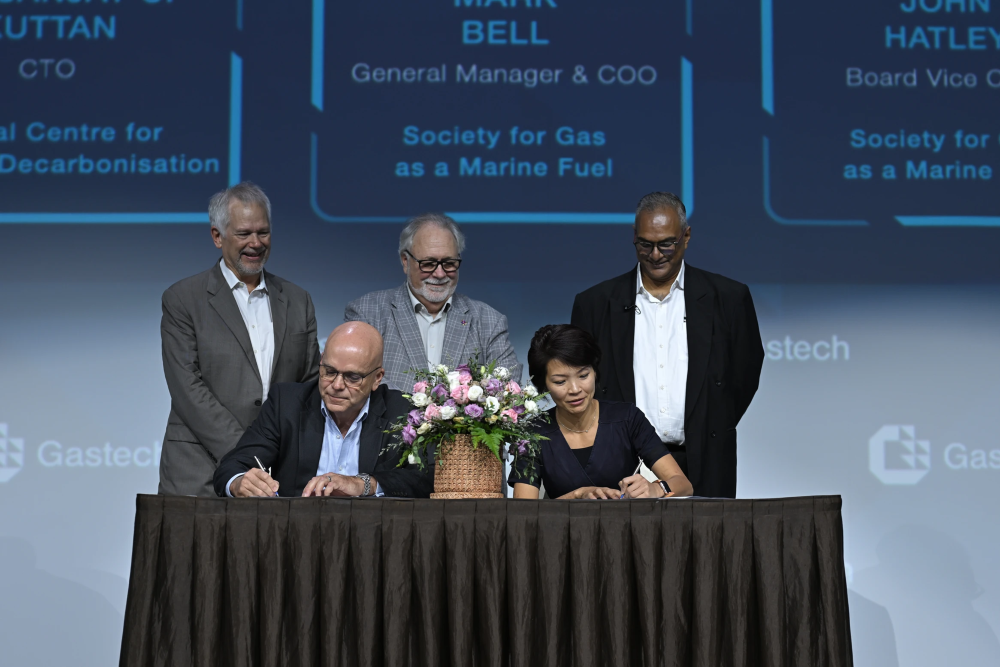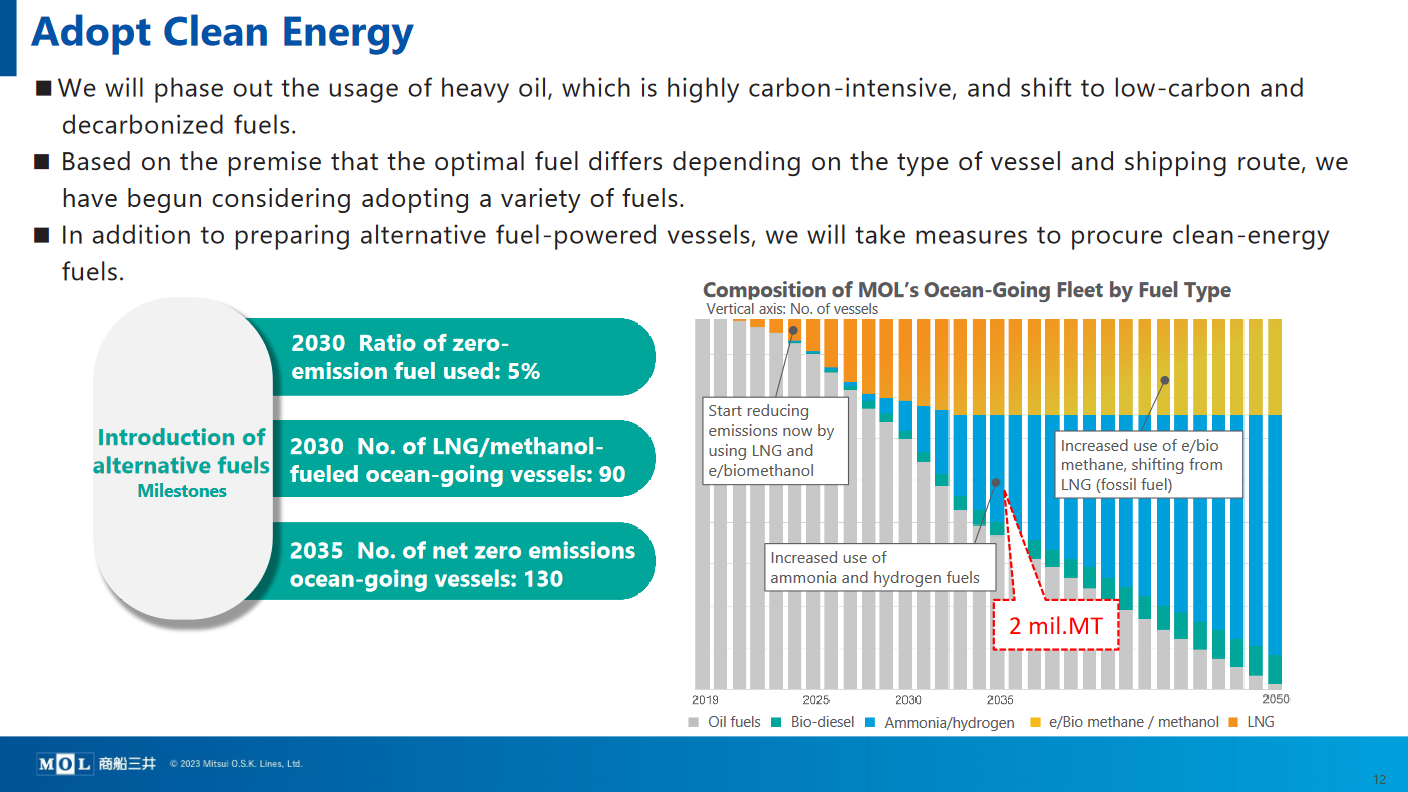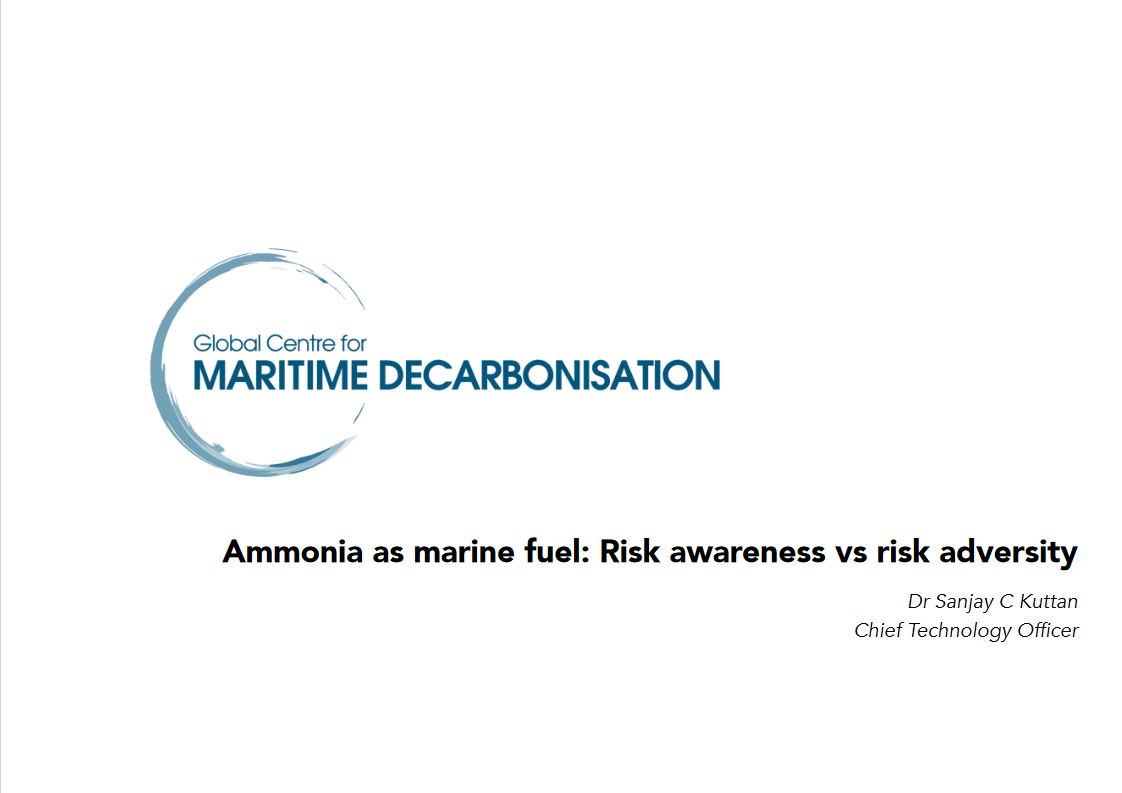AiP for offshore production in Korea, government funding for maritime ammonia in Scandinavia
Korea Research Institute of Ships & Ocean Engineering’s offshore hydrogen & ammonia production design has received Approval in Principle from the American Bureau of Shipping. In Scandinavia, the Norwegian government has awarded funding for two ammonia-fuelled vessel projects as part of a NOK 709 million funding round (including Yara Clean Ammonia & Viridis Bulk Carriers).
